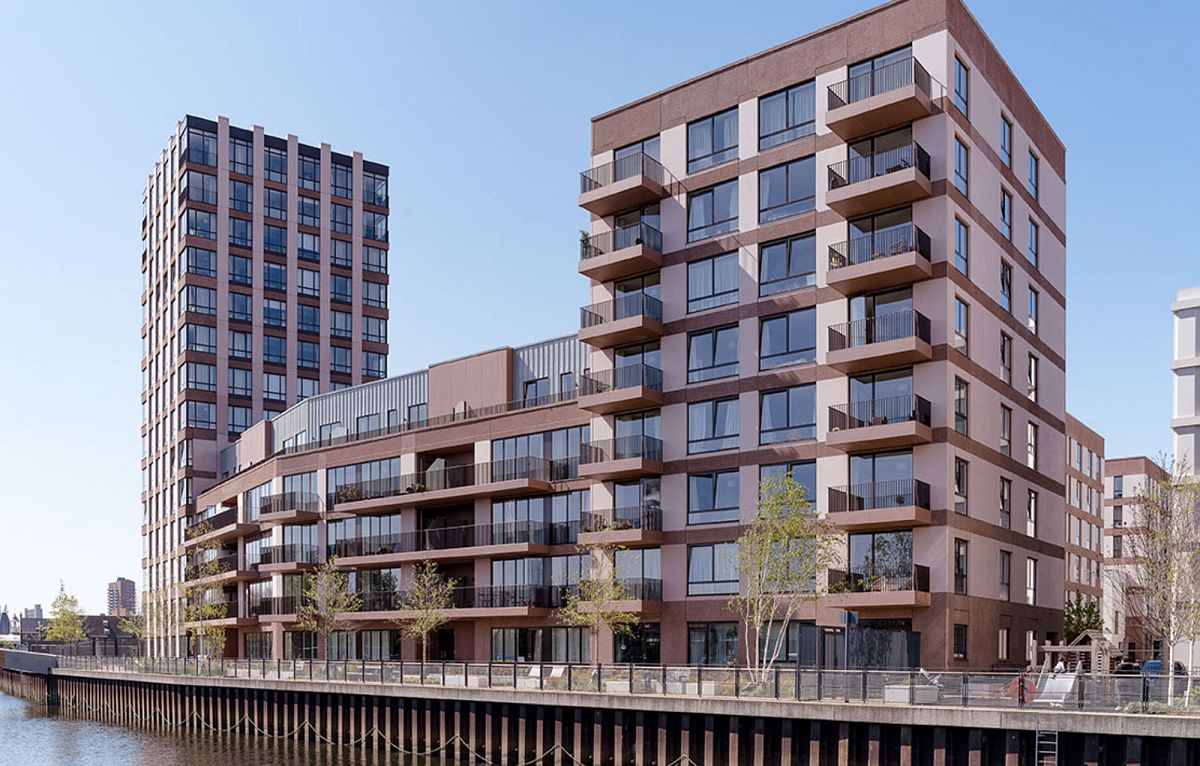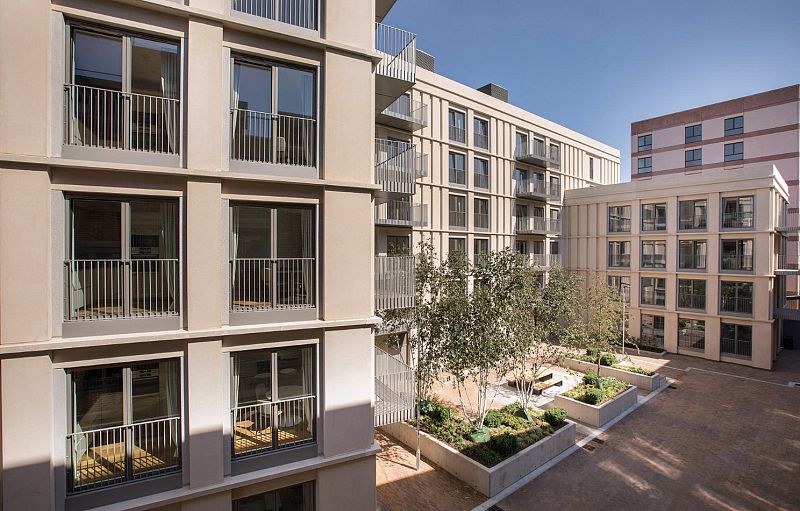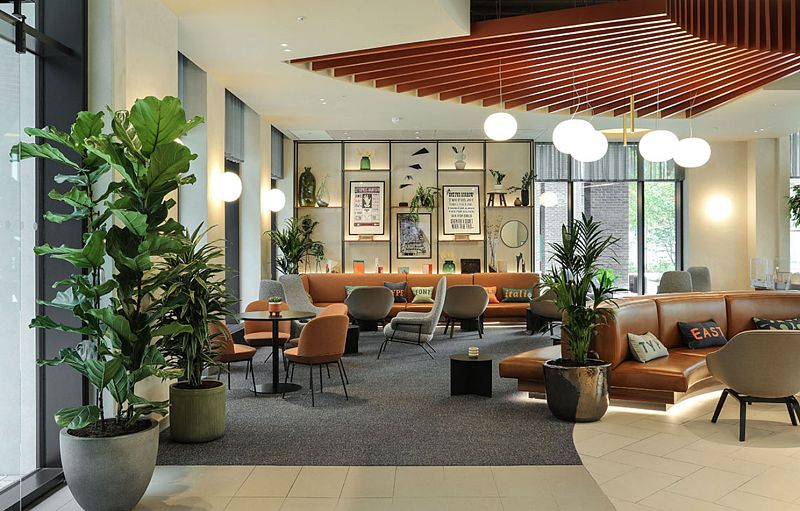Sugar House Island
The proposed development massing was modelled in IES software to accurately represent the proposed dwellings. The model considered the existing surrounding buildings and boundary fences.
Calculations were performed on impacted spaces according to BRE guidance. Results were provided on changes in internal lighting levels within affected homes and rooms, including vertical sky component, no sky line and average daylight factor. The impact on proposed private amenity spaces (terraces, gardens, parks) was also assessed, providing results for annual probable sunlight hours.
A supporting report was issued, detailing the calculation methodology and overall impacts of the proposed development on both internal and external daylight provision in accordance with best practice requirements. Overheating modelling was performed in line with CIBSE TM52/TM59 and Building Regulations Part O criteria. Comfortable conditions were ensured with the proposed cooling/ventilation strategy. Areas of concern or failure were highlighted, and potential remedies were advised. A final report was provided, outlining the results in accordance with Part O criteria.
Market Sector
Mass Density Residential
Location
London
Client
Energist


